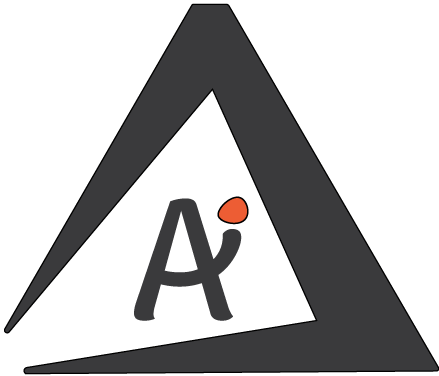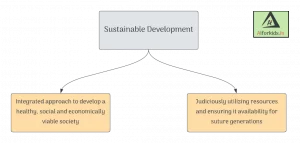Yes, We Welcome Links
If you think we are a worthwhile site, please link to us.
We are a free resource and links are an easy way to help more people find us.
You Can Use this logo
Link to "AI Project Cycle CBSE" page as:
URL:
https://aiforkids.in/class-10/green-skills/sdg/
HTML Link:
Share This Page:

